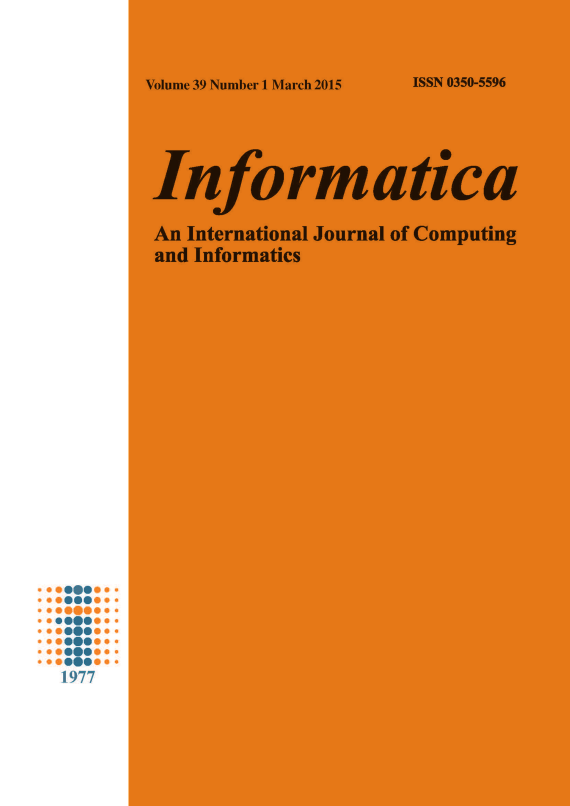An Efficient Algorithm for Mining Frequent Closed Itemsets
Abstract
To avoid generating an undesirably large set of frequent itemsets for discovering all high confidence association rules, the problem of finding frequent closed itemsets in a formal mining context is proposed. In this paper, aiming to these shortcomings of typical algorithms for mining frequent closed itemsets, such as the algorithm A-close and CLOSET, we propose an efficient algorithm for mining frequent closed itemsets, which is based on Galois connection and granular computing. Firstly, we present the smallest frequent closed itemsets and its characters, contain some properties and theorems, then propose a novel notion, called the smallest frequent closed granule, which can help the algorithm save reading the database to reduce the costed I/O for discovering frequent closed itemsets. And then we propose a novel model for mining frequent closed itemsets based on the smallest frequent closed granules, and a connection function for generating the smallest frequent closed itemsets. The generator function create the power set of the smallest frequent closed itemsets in the enlarged frequent 1-item manner, which can efficiently avoid generating an undesirably large set of candidate smallest frequent closed itemsets to reduce the costed CPU and the occupied main memory for generating the smallest frequent closed granules. Finally, we describe the algorithm for the proposed model. On these different datasets, we report the performances of the algorithm and its trend of the performances to discover frequent closed itemsets, and further discuss how to solve the bottleneck of the algorithm. For mining frequent closed itemsets, all these experimental results indicate that the performances of the algorithm are better than the traditional and typical algorithms, and it also has a good scalability. It is suitable for mining dynamic transactions datasets.Downloads
Issue
Section
License
I assign to Informatica, An International Journal of Computing and Informatics ("Journal") the copyright in the manuscript identified above and any additional material (figures, tables, illustrations, software or other information intended for publication) submitted as part of or as a supplement to the manuscript ("Paper") in all forms and media throughout the world, in all languages, for the full term of copyright, effective when and if the article is accepted for publication. This transfer includes the right to reproduce and/or to distribute the Paper to other journals or digital libraries in electronic and online forms and systems.
I understand that I retain the rights to use the pre-prints, off-prints, accepted manuscript and published journal Paper for personal use, scholarly purposes and internal institutional use.
In certain cases, I can ask for retaining the publishing rights of the Paper. The Journal can permit or deny the request for publishing rights, to which I fully agree.
I declare that the submitted Paper is original, has been written by the stated authors and has not been published elsewhere nor is currently being considered for publication by any other journal and will not be submitted for such review while under review by this Journal. The Paper contains no material that violates proprietary rights of any other person or entity. I have obtained written permission from copyright owners for any excerpts from copyrighted works that are included and have credited the sources in my article. I have informed the co-author(s) of the terms of this publishing agreement.
Copyright © Slovenian Society Informatika








